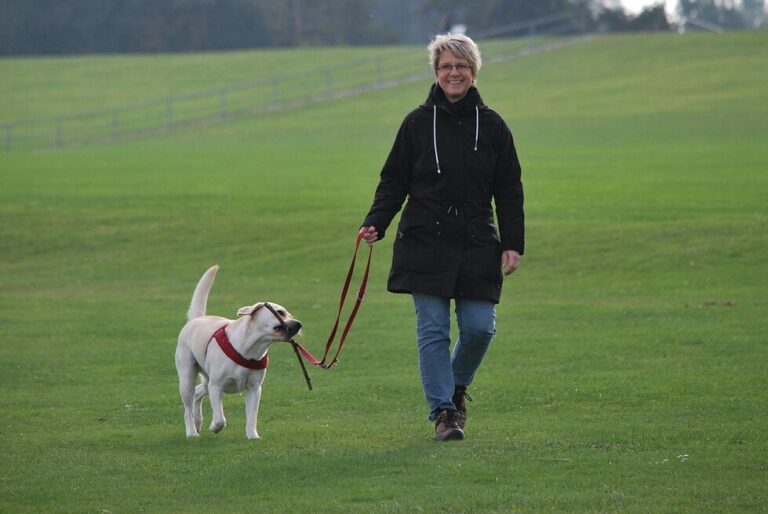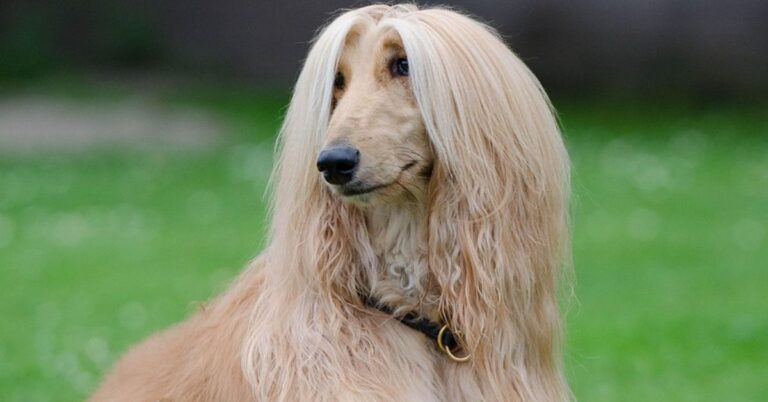The Unsung Animal Heroes Who Helped Win the War
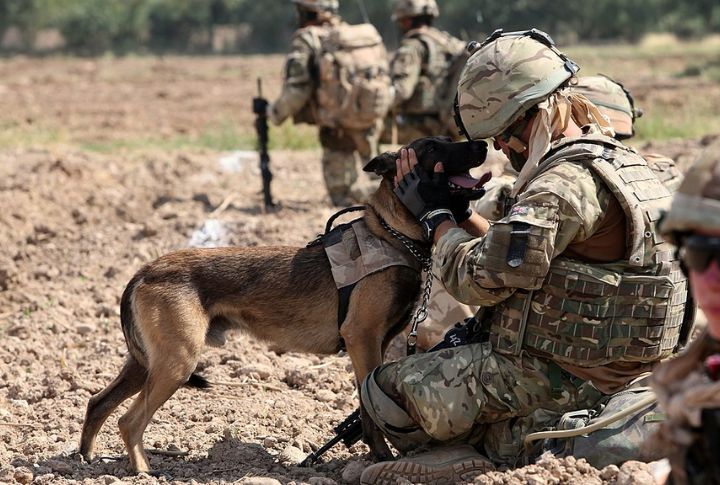
Wartime animals weren’t just sidekicks—they were heroes. From mules trudging up muddy hills to pigeons darting through gunfire, these creatures carried, sniffed, rescued, and even lit the way. Some were trained, others just showed up. All made a difference. Here’s a tribute to the animals that served in unexpected ways.
Mules: Battlefield Workhorses
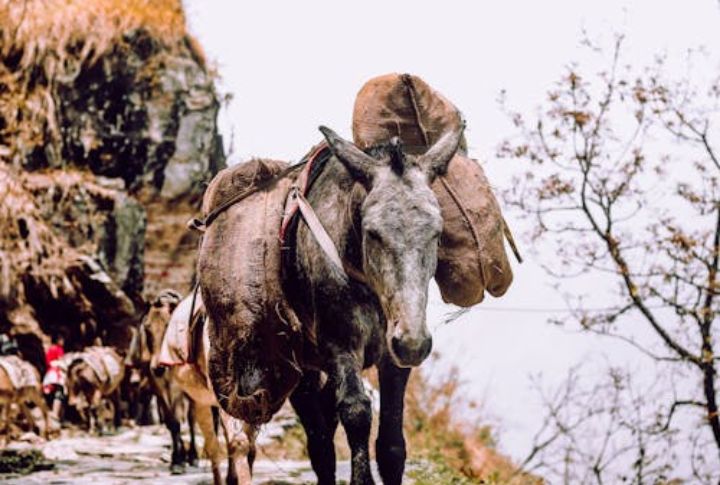
Mules were vital to Allied logistics, especially in places where trucks couldn’t go. The British Army deployed around 3,000 mules in France starting in 1939. These animals hauled ammunition, equipment, and wounded soldiers across Italy’s mountains, Ethiopia’s deserts, and Burma’s jungles. Their endurance and sure-footedness made them essential in nearly every major theater of the war.
Dogs: Soldiers With Snouts

Dogs carried messages, sniffed out landmines, and saved lives in war zones. Over 18,000 dogs were enlisted by the US military alone through Dogs for Defense. Commonwealth forces also trained canines as scouts and rescue helpers. In combat, their loyalty and sharp senses protected troops and uncovered hidden threats in hostile territory.
Pigeons: High-Flying Messengers

Over 200,000 pigeons served the British military during the war. When radios failed, these birds flew critical messages across enemy lines. Gustav delivered D-Day news to Britain. GI Joe prevented a deadly bomb attack. These decorated birds flew through bad weather and enemy skies—small, feathered lifelines with medals to prove it.
Horses: Old School, Still Useful
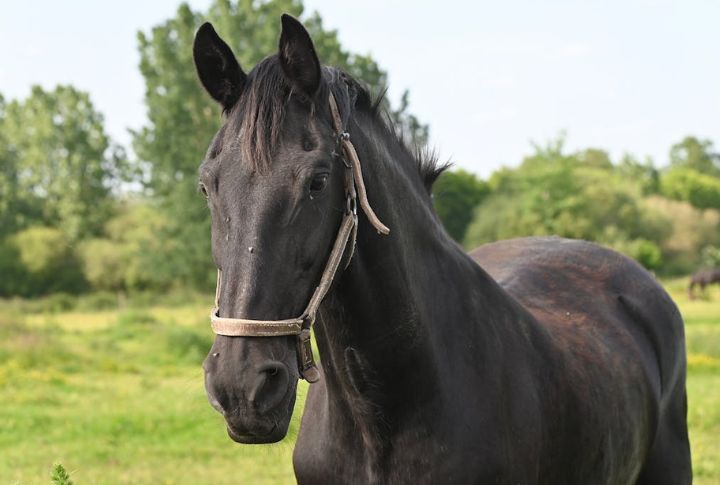
Despite modern vehicles, horses were still vital for mountain patrols and rough terrain. In inaccessible areas, their mobility and stamina kept war efforts moving forward. The British Army needed over 9,000 horses in Palestine. Horses helped partisan fighters in the Balkans, messengers in the Philippines, and scouts in North Africa.
Elephants: Jungle Lifesavers
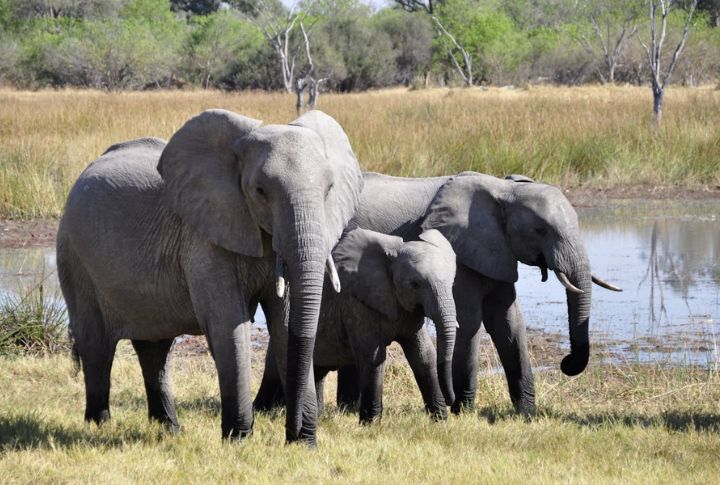
In 1942, Gyles Mackrell led a team of elephants into the monsoon-flooded jungles of Burma to rescue stranded British and Indian troops. His elephants dragged rafts through the jungle, saving hundreds of lives. Elephants also carried equipment and supplies through roadless regions in India and Africa, proving invaluable in impossible terrain.
Camels: Desert Patrol Pros
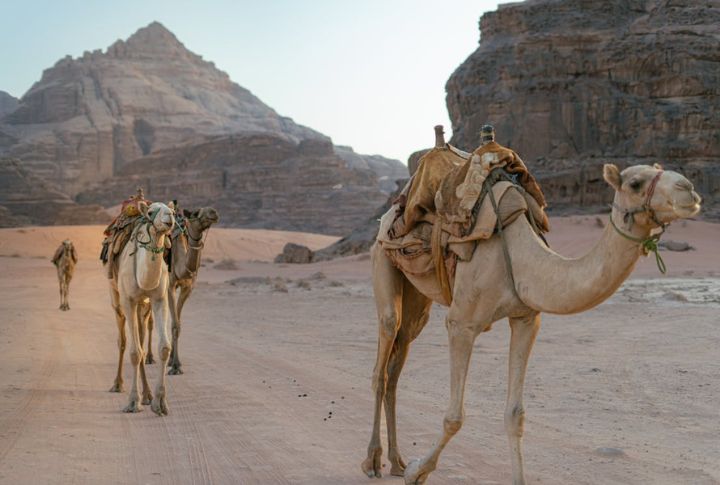
Camels were used in North African deserts by Imperial units like the Sudan Defence Force, the Bikaner Camel Corps, and others. In 1942, the Free French Camel Corps charged an Italian force. Camels endured scorching heat, carrying heavy loads over long distances with little need for water—essential in the desert.
Mongooses: Jungle Guardians
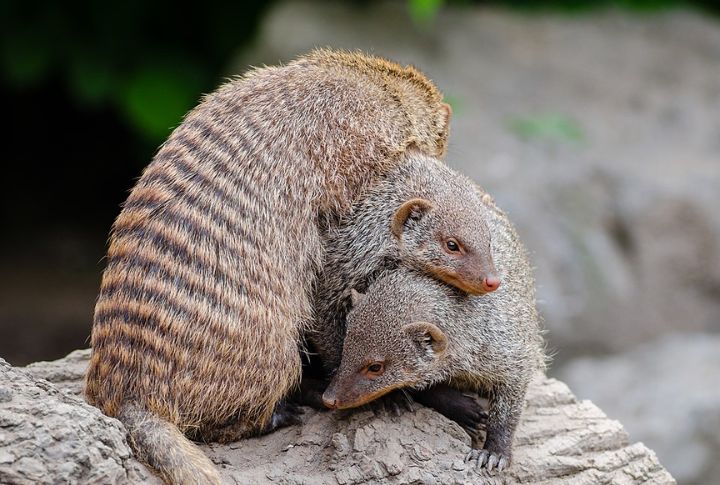
In the India-Burma theater, soldiers adopted mongooses for more than companionship. Their speed and reflexes made them expert snake killers, protecting camps from deadly cobras and vipers. Mongooses also alerted troops when strangers were nearby, becoming mascots and lifesavers rolled into one.
Cats: The Unsinkable Mascot
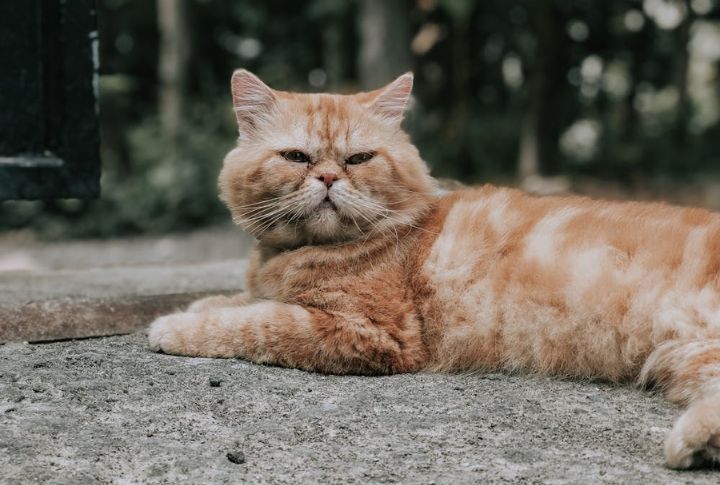
Unsinkable Sam the cat is said to have survived the sinkings of the Bismarck, HMS Cossack, and HMS Ark Royal. Though the evidence is anecdotal, Sam represents many ship cats. Cats were beloved on naval vessels, as their presence was thought to bring good luck and fewer rats.
Mice: Small Comforts in Chaos
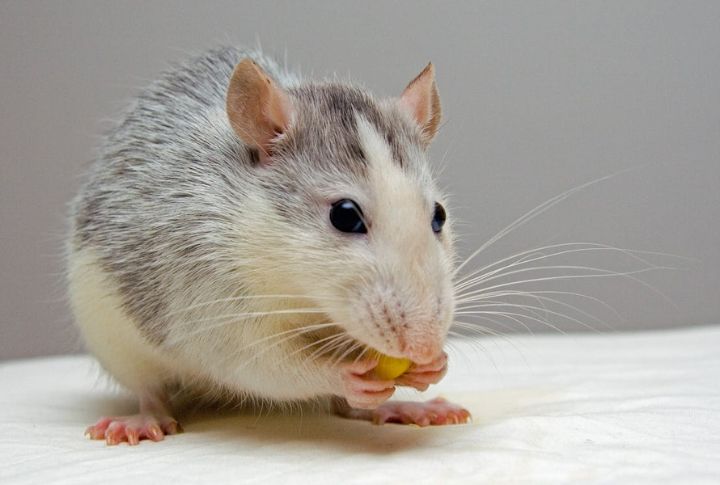
The stores told say that a mouse aboard the LCT 947 during D-Day became an unofficial crew member. He survived the landing and returned to Britain, bringing comfort to soldiers during terrifying times. In the middle of death and destruction, this small companion made the war more bearable.
Jerboas: Desert Division Mascots
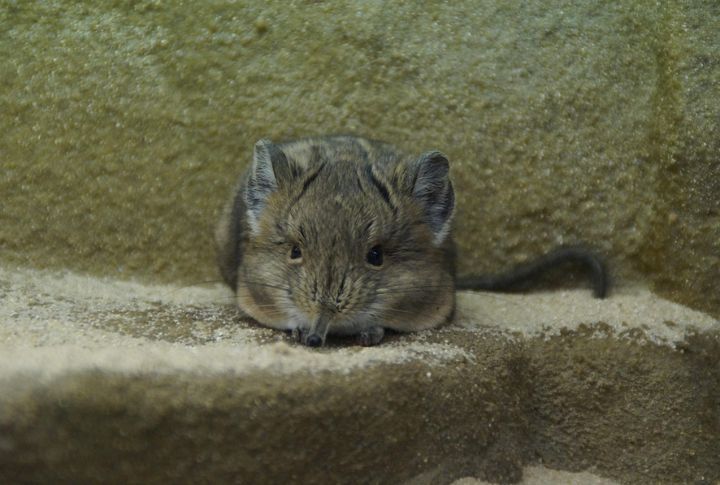
The British 7th Armoured Division’s nickname, the Desert Rats, came from the jerboa—a hopping desert rodent that inspired their insignia. Soldiers saw jerboas as gritty, resilient survivors, like themselves. The jerboa came to symbolize adaptability and the spirit of the North African campaign.
Canaries: Natural Gas Alarms
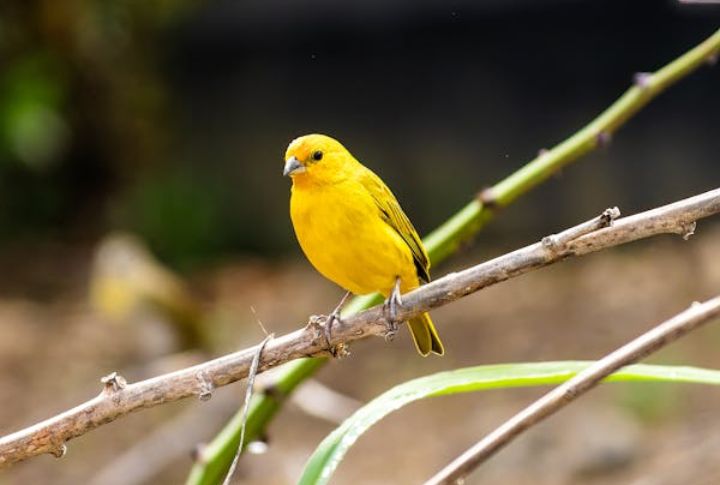
Canaries were originally used in coal mines, but their use extended to wartime tunnels and enclosed spaces. Their small bodies and fast metabolism meant they’d react to toxic gas, like carbon monoxide, before humans could. If a canary collapsed, it signaled troops to evacuate or don masks quietly protecting troops.
Reindeer: Arctic Lifelines
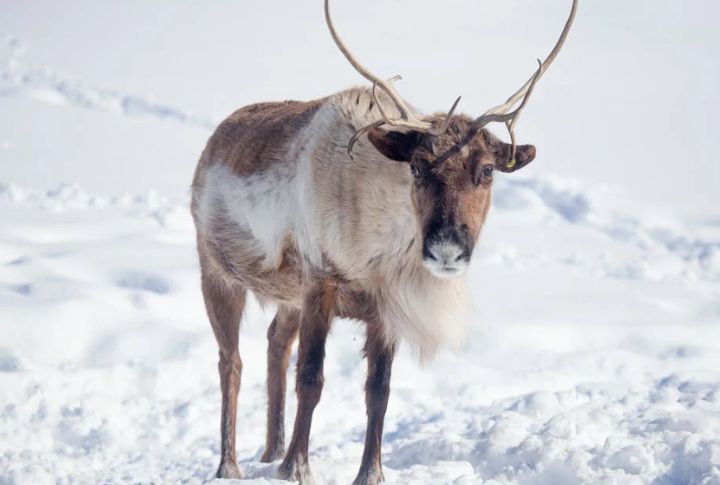
The Soviet Union employed around 6,000 reindeer and 1,000 indigenous herders during WWII. These animals transported supplies, evacuated wounded soldiers, and rescued pilots in snowbound areas. Reindeer were ideally suited to Arctic conditions, where vehicles failed. Their stamina in sub-zero temperatures kept Soviet forces operational along frozen frontlines.
Oxen: Muscle on the Front
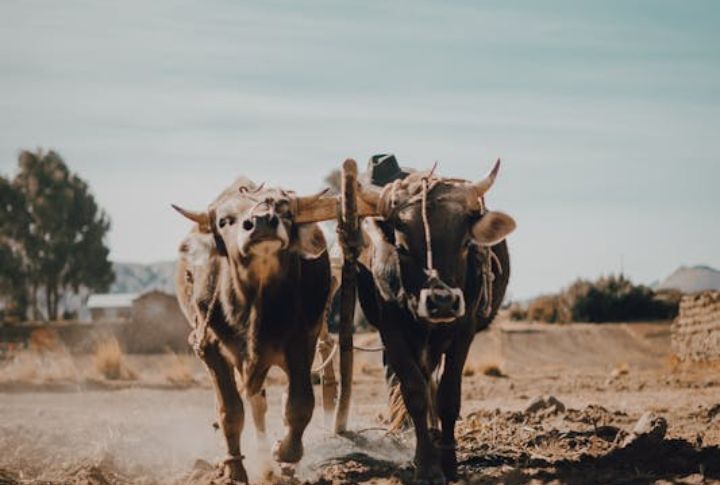
In the deep mud and freezing winters of the Eastern Front, oxen pulled supplies where engines stalled. They hauled ammunition, food, and shelter materials for Soviet and German troops alike. While slower than trucks, oxen didn’t need fuel and rarely broke down. Old-fashioned muscle kept armies fortified through brutal conditions.
Dolphins: Postwar Protectors
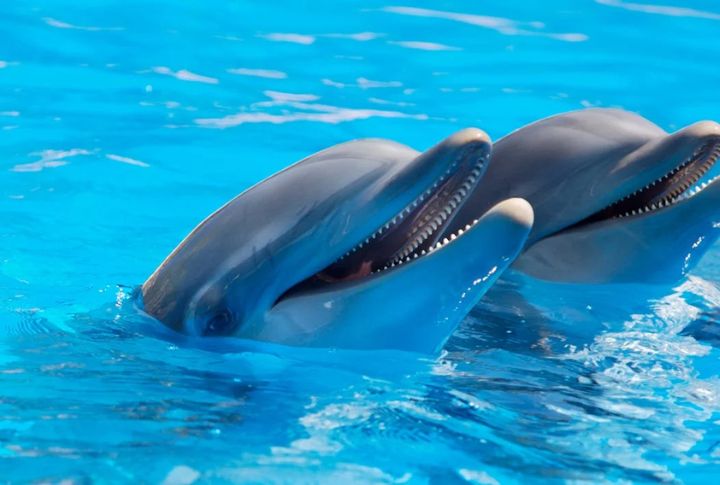
Dolphins weren’t used in WWII, but the war inspired postwar programs. The US Navy began training dolphins in the 1950s to detect underwater mines and enemy divers. Their sonar allowed precise detection in harbors, making them an asset in naval defense.
Rats: Tiny Landmine Heroes
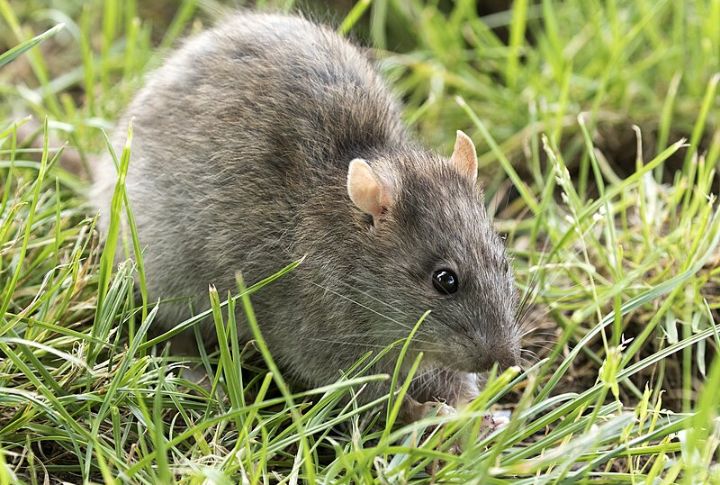
Rats weren’t trained during WWII, but soldiers noticed their behavior in devastated zones. Today, their descendants—HeroRATs—have become real-life landmine detectors. African giant pouched rats can smell TNT and are light enough to avoid triggering explosives. Africa’s program has cleared thousands of mines, saving countless lives across post-conflict zones.
Seagulls: Periscope Spotters
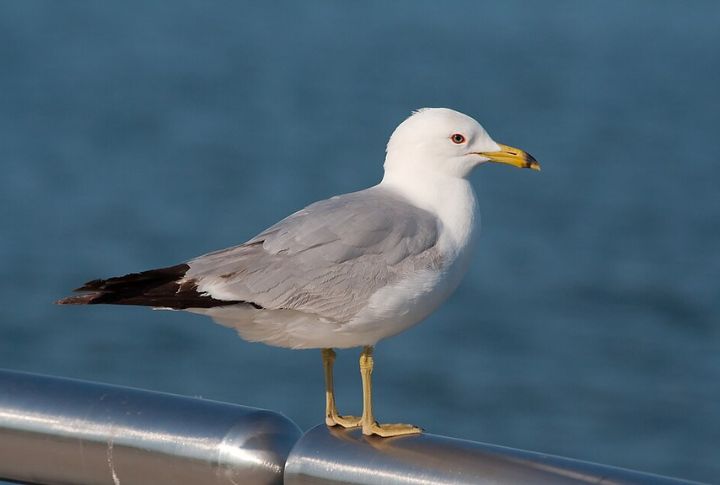
During both World Wars, the British explored training seagulls to detect German U-boats. The idea was that seagulls, fed near periscopes, would cluster above them—signaling submarines below. While the concept was clever, wild birds proved too unpredictable to rely on. Still, it highlights the creative lengths militaries went to in their search for strategic advantages.
Bats: Bomb-Carrying Oddities
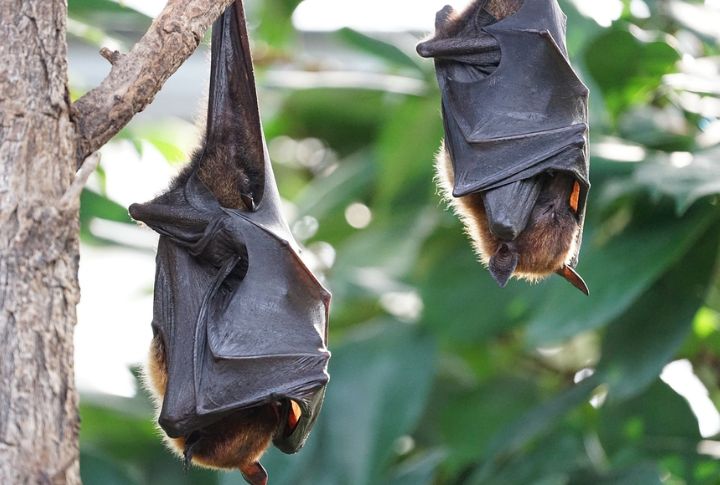
The US bat bomb program, tested in 1943, involved attaching tiny incendiary devices to bats. Released from a bomber, they would roost in Japanese buildings, setting fires when the timers ignited. Ultimately, the project was scrapped when nuclear weapons took precedence. Still, it almost flew.
Bees: Bomb Sniffers in Training
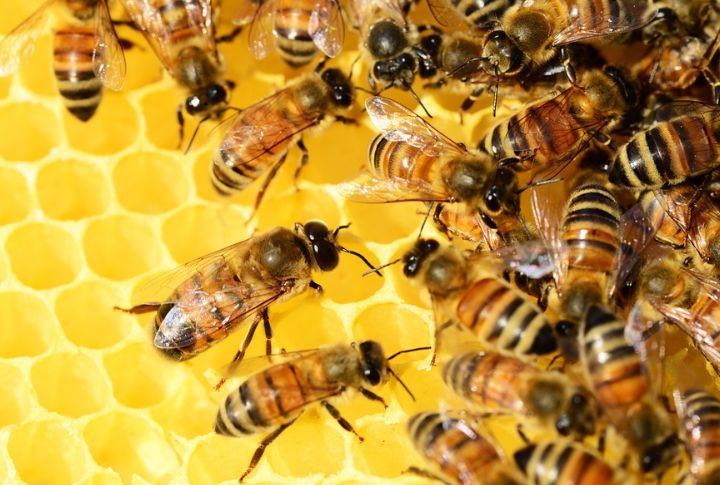
Research began after the war, when scientists noticed bees could associate chemical smells with rewards. Today, trained bees are used in controlled settings to detect landmines and bomb-making materials. These tiny sniffers may someday complement or even replace more traditional bomb-detection tools.
Glowworms: Natural Nightlights
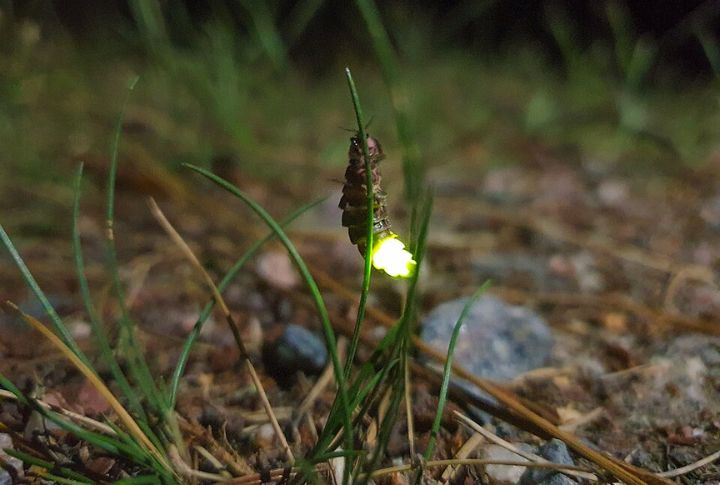
In the trenches, glowworms served as a dim but effective light source. Soldiers kept them in jars to read maps or letters because their natural bioluminescence didn’t give away positions like lanterns or matches. In both World Wars, these glowing insects became a quiet tool for nighttime navigation and survival.
Mascots: Comfort in the Chaos
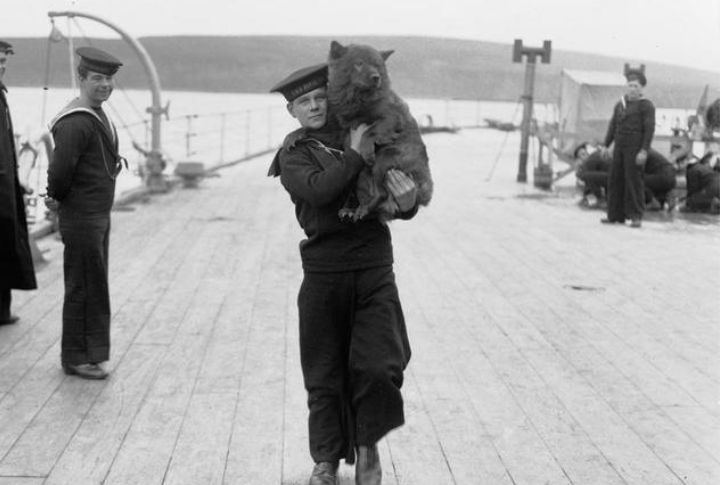
Animals became unofficial squad members across the world. Some mascots wore mini uniforms or tags and traveled into battle zones. These animals reminded soldiers of home, offered comfort during downtime, and formed bonds that often lasted longer than the war itself. They weren’t pets—they were comrades.


